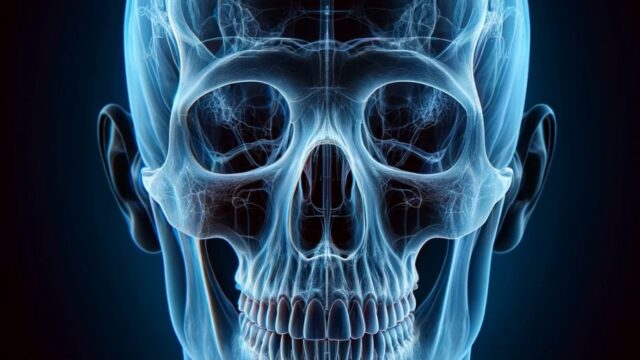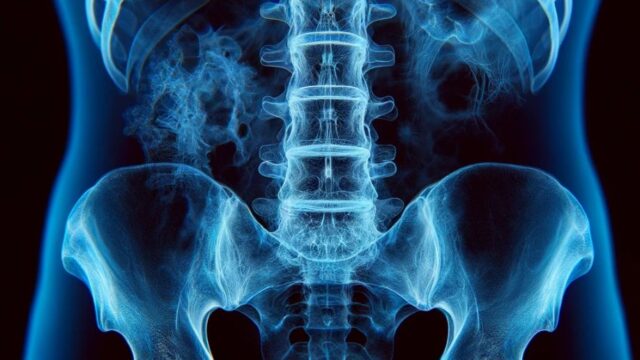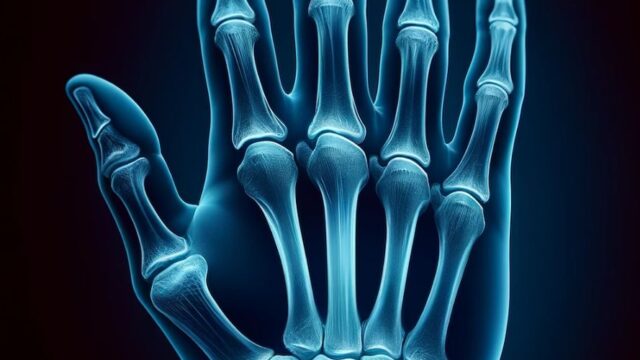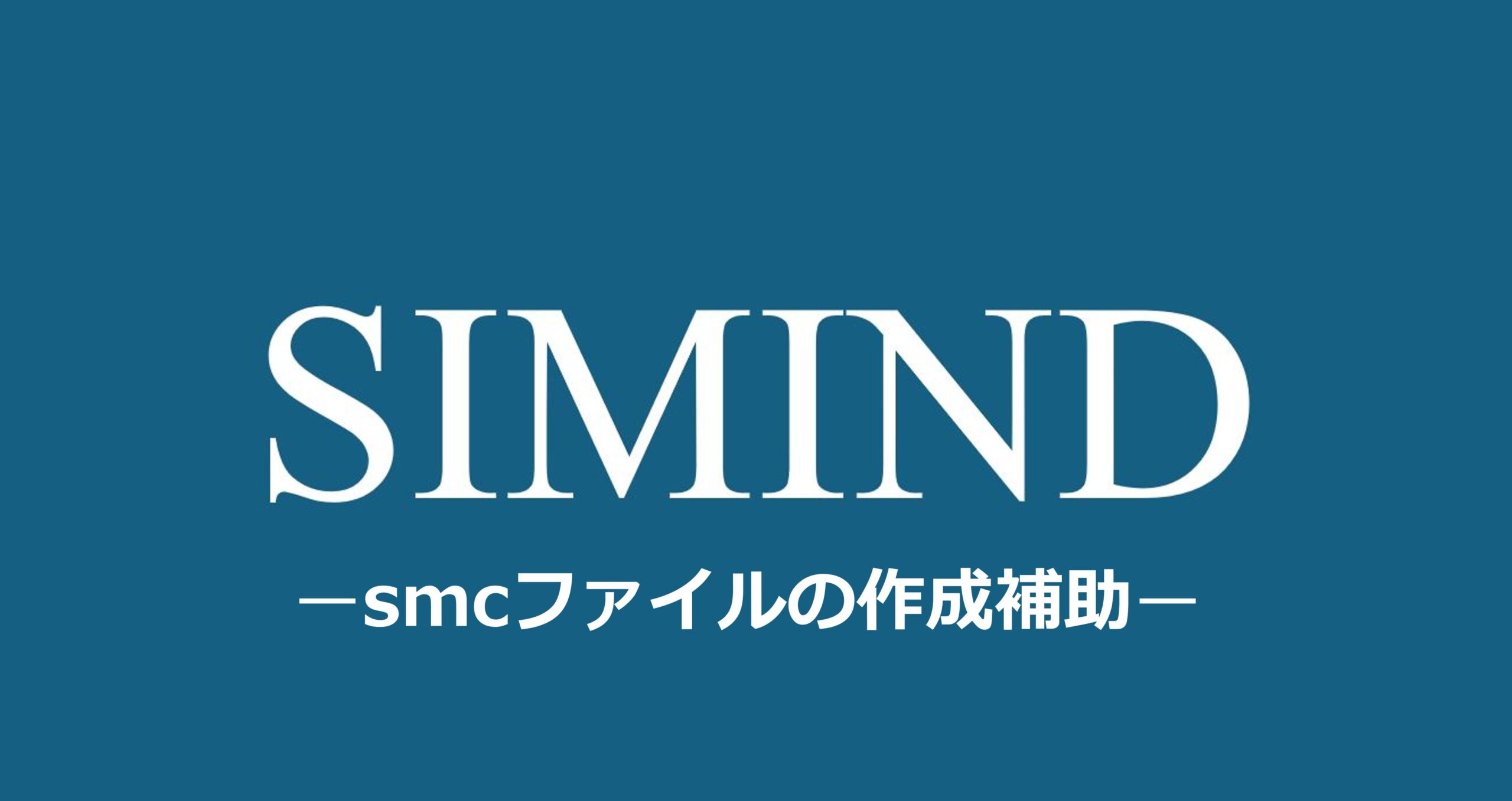Purpose
Observation of the vertebral body, intervertebral space, pedicle of vertebral arch, spinous processes, and Ruschka’s joint.
The vertebral bodies are observed from C3 to C7.
Confirmation of the presence of cervical ribs.
Observation of Clay-Shoveler’s fracture, compression fracture, herniated medullary nucleus, and degenerative disease.
Prior confirmation
Remove any obstacles.
Positioning
Standing position with back to cassette.
The forehead and image-receiving surfaces should be parallel to each other so that there is no twisting of the body.
The line connecting the tip of the mandible and the inferior margin of the occipital bone should be parallel to the x-ray bundle.
Check from the front to ensure that the neck is not bent.
CR, distance, field size
CR : Oblique incidence at 15° caudally toward the 4th cervical vertebra (laryngeal prominence).
Distance : 100-150 cm.
Field size : The upper and lower fields should be centered on the laryngeal ridge and extend down to the orbit. The left and right sides should be extended to the skin surface.
Exposure condition
74kV / 16mAs
Grid ( + )
Suspend respiration.
Image, check-point
Normal (Radiopaedia)
The 3rd cervical to 2nd thoracic vertebrae can be observed.
Wide intervertebral space can be observed.
The Ruschka joint can be observed.
The spinous process and sternoclavicular joint are equidistant, indicating the absence of rotation in the cervical spine.
The tip of the mandible and the inferior margin of the occipital bone should overlap.
Soft tissue should be observable.
Videos
Related materials
-Ruschka’s joint
Located anterior to the intervertebral foramen, this small joint connects the posterior lateral superior border of the vertebral body with the posterior lateral inferior border of its superior vertebral body.
With aging, it forms bone spurs that compress nerves and blood vessels in the neck area, resulting in cervical spondylosis/cervical myelopathy.
Anatomy

















